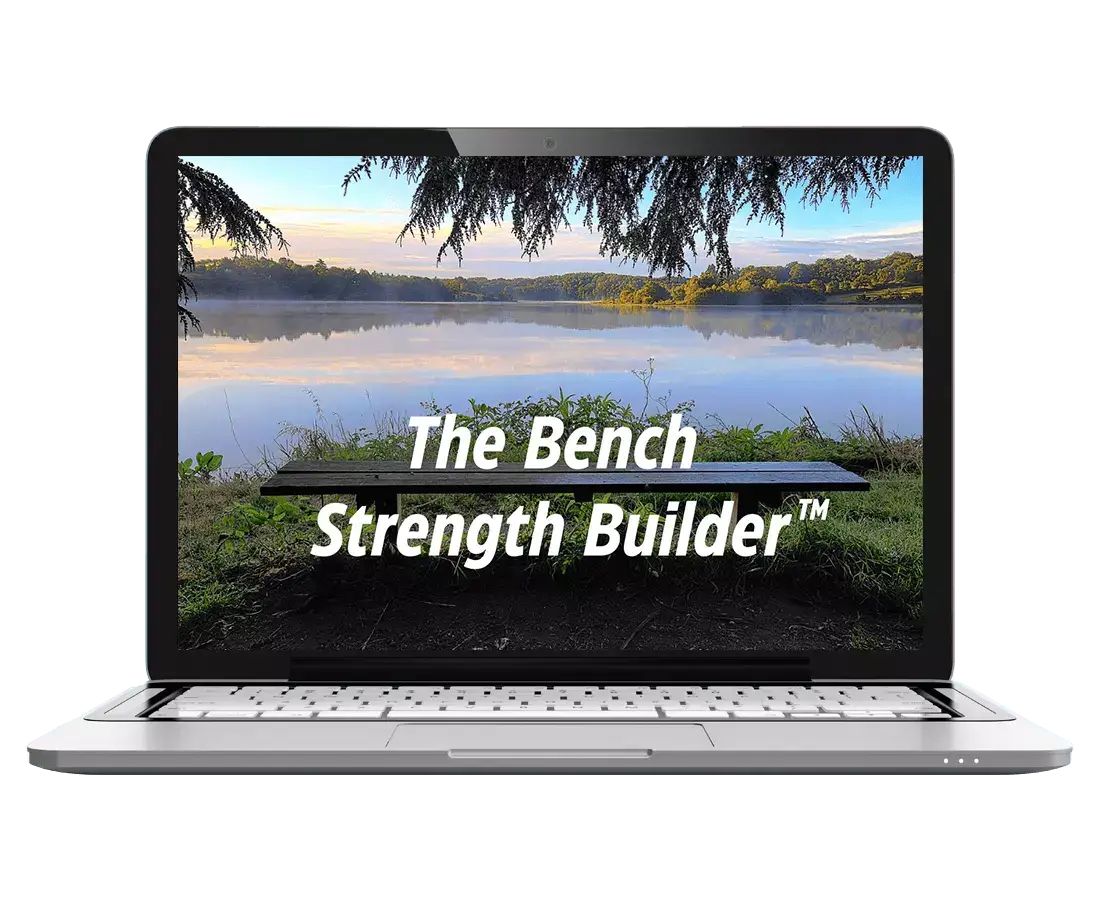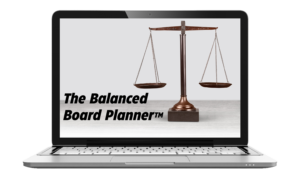You have heard me talk about succession planning many times. And succession planning can mean different things to different people at different organizations. But let me give you three of the most common scenarios when it comes to creating a succession plan. And I’ll even tell you which is the right way to do succession planning.
Scenario One
In scenario one, people within the organization informally determine who their potential successors would be. This is typically done in their mind, so nothing is ever put in writing. Because of that, they don’t go through the full process of determining the competencies and creating development plans for their potential successors.
Scenario Two
In scenario two, the organization has chosen an emergency/interim potential successor for each position. However, they have not developed anything else. So basically they have created an emergency succession plan (which is part of a formal succession plan) but that is all they have done.
Scenario Three
In scenario three, the organization has gone through a full process to create their development plans. They have thought about the competencies that would be required for different roles, they have identified their potential successors and the incumbent has evaluated them on those competencies to determine gaps. Plus they have created development plans for each of the potential successors. This is all put down in writing, and is a very formal process so everyone at the organization is prepared.
Which Scenario are you Using?
Take a look at which scenario your organization is using. If you are using scenario one, you are doing things a bit too informally. Since nothing is put down in writing, you are likely not developing your potential successors. In this scenario, no one will be prepared.
If you are using scenario two, you have a good start with your emergency succession plan but you need to complete the full process. In this scenario you know who will take over in an emergency, but you don’t have a plan moving forward.
If you are using scenario three, you are doing a really good job of putting together a succession plan. You are formally putting together a plan that covers all of the steps in the succession planning process, so your potential successors will be fully developed and ready to take over when turnover occurs.
What You Can Do
So, here is what you can do in order to ensure you are using the correct scenario to do succession planning at your organization.
- Commit to formal succession planning. There is a ton of turnover occurring right now with the great resignation and the silver tsunami happening. There needs to be a formal succession plan in place so that everyone is ready when the turnover happens at your organization.
- Communicate with your potential successors. It is important to let them know that they are potential successors to motivate them to stay at your organization and to work towards developing their skills. However, it is important to make no guarantees that they will automatically get the position!
- Make sure that your succession planning process includes all of the steps of a formal process. Check out this blog post to learn more about the steps to create a formal management succession plan.

The Bench Strength Builder™
Never Be Unprepared for Turnover Again!
Download our comprehensive guide to management succession planning. This builder outlines The CEO Succession Planning Solution™, easy-to-follow steps to creating a management succession plan, and helpful tips to evaluate your organization’s bench strength.


